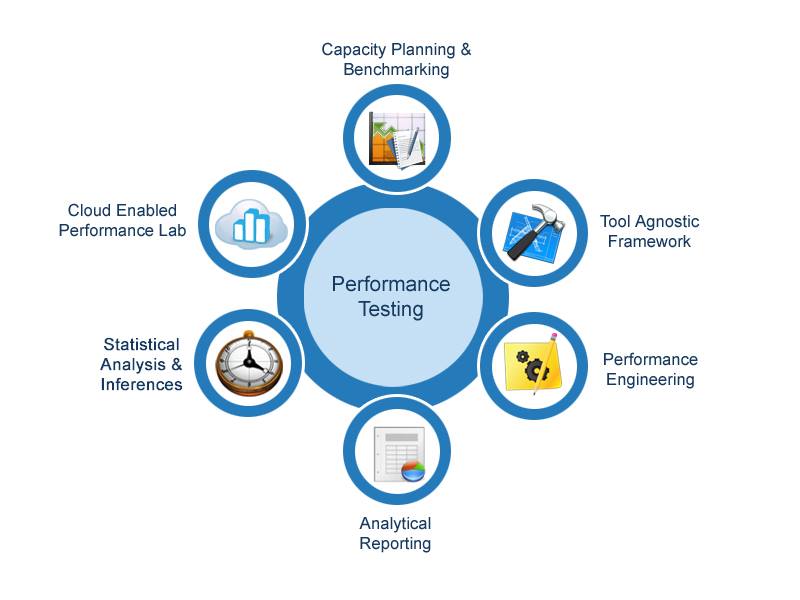Performance Testing and Its Future
Performance testing is one of the most important steps in software development. It helps in determining the usability and capability of the software at the time of usage, apart from handling seasonal spikes, scalability, reliability, stability, and more.
Until a software is ready to be rolled out, it could go through significant changes. Here, it I important to find out how the application functions on different browsers and devices. This is the most important goal of performance testing where it has to determine how a system will respond to a specific work load or task.
Unlike conventional thought process that performance testing pertains to the performance of a system under extreme pressure, it also pertains to checking whether the standards are met and benchmarks are attained. During performance testing, accuracy is closely checked and evaluated and the results are validated against goals. Hence, the role is not only to find bugs in the system, but also prevent bottlenecks in the future.
Benefits beyond the known
Performance testing determines productivity: The key to success of a software depends on its software foundation. Performance testing helps in getting inputs on whether the hardware or production configuration needs to be changed. This has to be done before the software is released in a live environment.
Improves optimization and load capability: It also helps in enhancing the user experience. Users expect an app to download or open quickly, preferably in a span of 2 seconds. If not, users can easily abandon the same. By measuring the performance, the tester can check whether the software can deal with the volume of requests. Through testing, you can improve optimization and tailor the capacity to handle it.
Provides info about the response time: This is not about the success or failure of the project, but a technical evaluation of the same as against speed, responsiveness, speed, stability, and scalability.
Verifying claims of a developer: The developer is well-versed with his creation and has high expectations from its performance. With performance testing, his claims get verified. Performance testing can check for the system’s responsiveness, reliability, and throughput at different loads.
Builds trust: Performance testing can win trusts sine the bottlenecks in the system are identified easily. The idea is to inculcate trust among the users so that they stay or come back to the website for more. It is to be remembered that only a fully functional app will generate trust.
Advanced tools used for performance testing
Listed below are tools that are widely being used for performance testing:
WebLoad: It combines performance, integrity, and scalability. It can work on both Windows and Linux and lets you do both load and stress testing using a myriad of technologies like HTML5, Ajax, Adobe Flex, .NET, and Oracle Forms.
NeoLoad: Designed by a French company, Netosys, it lets you analyze the performance and come up with an end result of the app testing. The tool helps in improving and optimizing the performance of the web app. The capacity of the app and the number of users it can handle at a given point can be determined.
Some of the other tools include ApacheJMeter, Appvance UTP, Httperf, LoadComplete, WAPT, and more.
QualiTest Group is one of the world’s largest top software development companies. QualiTest offers quality assurance and software testing services, and is committed to the highest standards of quality in every project. We aim to improve software quality by providing superior QA solutions to customers and partners worldwide, as well as advancing international QA and testing methodologies.










